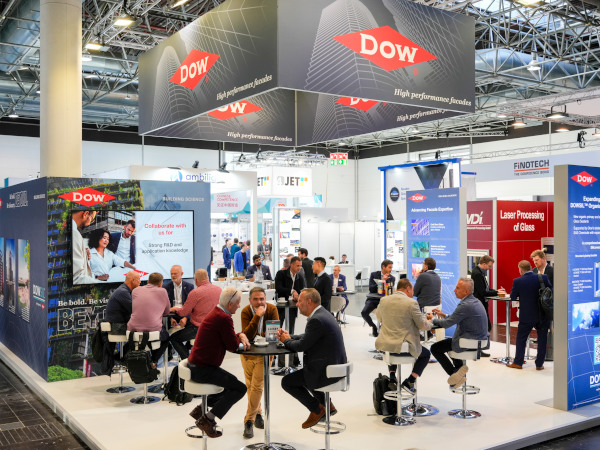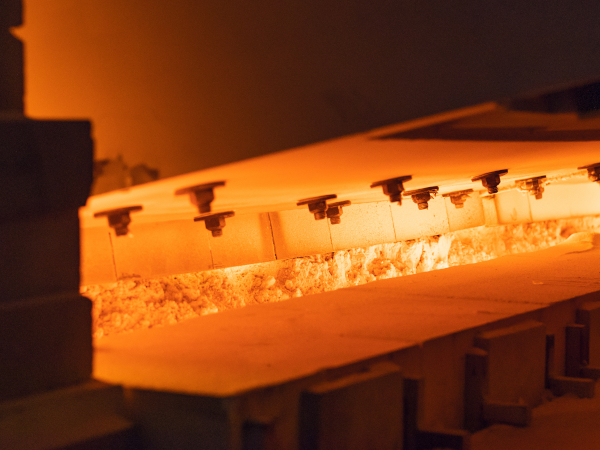Date: 1 September 2015
Through the SPSAS program, FAPESP funds the organization of short courses on advanced topics in science and technology in São Paulo State.
According to Edgar Dutra Zanotto, coordinator of CeRTEV and the G&GC Advanced School, the aim of the course was to enable participants to familiarize themselves with the main tools and techniques used by researchers at CeRTEV in studies of glass and glass-ceramic materials.
“It’s very powerful software, and the database covers some 400,000 glass compositions, with data on properties such as density, thermal expansion, viscosity and crystal growth rate, among others. Using the meta-search engine and multiple forms of interaction, you can also infer undetermined properties on the basis of those you’ve already measured,” Zanotto said.
He explained that researchers at CeRTEV have been using SciGlass continuously since its initial version, or for about 20 years, in studies of specific properties and when designing glass with desirable combinations of various properties.
Classes were taught by one of the developers of the software, Alexander Priven, from Corning Korea Glass Technologies, who cleared participants to access the database during the event.
Priven explained that the software enables researchers to access practically all internationally available physical and chemical properties of glass materials, with descriptions of syntheses and measurement techniques.
“Participants in the classes were able to learn the basis for the more than 100 computational methods available to calculate these properties and define those most suited to the needs of their research and the glass composition they’re studying,” he said.
In addition to database training, participants took tutorials with researchers from CeRTEV and interacted among themselves in daily sessions, working under the researchers’ supervision on the design of a research project that they presented at the end of the course.
Molecular level
Another part of the course consisted of presentations on the scientific basis for the techniques used by researchers at CeRTEV, such as nuclear magnetic resonance and Raman spectroscopy applied to glass materials, to obtain information on glass at the molecular level.
“This part of the course was designed to offer insight into the details of the structure of these materials, and especially an understanding of the correlations among molecular structures, dynamic processes and properties. These structures control dynamic processes such as diffusion, viscous flow, relaxation and crystallization as well as optical, electrical, thermal and biochemical properties, among others,” Zanotto said.
CeRTEV’s tools for these purposes include three spectrometers funded by FAPESP. The most recently acquired is a Raman spectrometer, which can be used in conjunction with atomic force microscopy (AFM) to analyze materials at the nanometric scale.
“It’s a lightning conductor effect. The AFM analysis at one end is nanometric and conductive. When light hits it, the electrical field of the laser light that interacts with the material studied is intensified, amplifying the Raman signal in the region and enabling us to analyze nanoparticles,” said Paulo Sergio Pizani, a professor at UFSCar’s Center for Exact Sciences & Technology (CCET) and a researcher at CeRTEV.
Pizani presented on the physics underlying the technique, explaining how light interacts with matter and why Raman scattering occurs. This effect, which was discovered by Indian physicist Chandrasekhara Raman, is produced by the interaction of light rays with the vibrations of the atoms that make up the material studied.
“Light scattered in the specimen exits with a different color, and the difference between it and incident light offers important information on what happens inside the material, such as crystallization in glass, one of the research targets at CeRTEV,” Pizani said.
Knowing the extent of crystallization in a glass matrix is important to define the thermal and mechanical properties of a glass-ceramic material, i.e., glass in which small regions have been crystallized. These properties can be determined depending on crystal size and the surface or volume distribution.
Once they have this information, researchers can develop new applications, such as energy storage devices or medical and dental materials, including biosilicate, a glass-ceramic material developed by CeRTEV that bonds to bones, teeth and cartilage (read more at http://agencia.fapesp.br/21388).
Pizani also spoke about the work being done by researchers on ferroelectric ceramic materials used in transducers, which convert one form of energy into another and are found in mobile phones, non-volatile memory units, temperature and radiation sensors, and many other applications. One of the researchers’ aims is to impart optical properties to these materials, according to Pizani.
“Ferroelectric materials based on lead titanate, barium titanate or strontium-calcium titanate are very important and already in widespread commercial use,” he said. “The idea is to make these materials optically active by adding transition elements from the periodic table, such as nickel, magnesium, manganese and chromium, so that the materials become luminescent.”
More information at www.certev.ufscar.br/slideshow/g-cc-brasil.









Add new comment